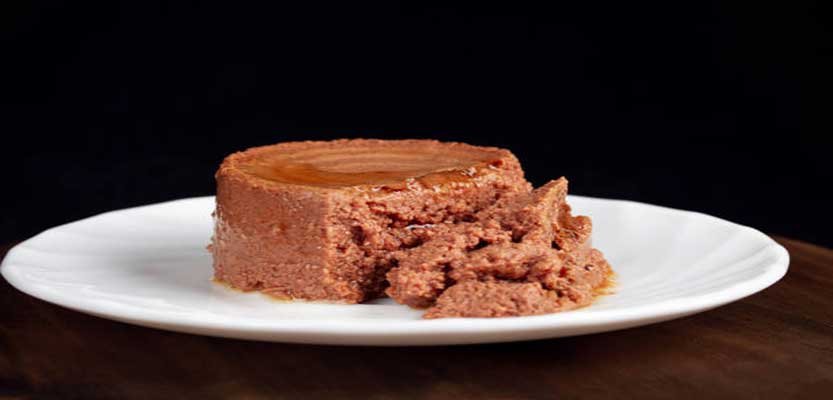
Wet food for dogs and dry food for dogs are the two primary classifications that can be used to canine nutrition. Moisture content is the most significant distinction between the two food types. Wet foods contain between 60% and 84% water, whereas dry foods contain between 3% and 12%. The food that dog owners choose for their pets is based on their preferences and the nutritional needs of their dogs. Let’s examine the benefits and drawbacks of wet dog food so you can make a more informed decision about what to feed your pet.
The pros of wet dog food
Due to the aroma, dogs have an innate desire for moist food, which they find more appetizing. Thus, even the most discerning and picky dogs prefer wet food. Because the food is soft and easy to chew, it is also a better option for dogs with dental problems.
Here are a few reasons why wet dog food is the healthier option:
- Compared to dry food, wet food contains fewer preservatives. In the long run, this makes it a safer and healthier option.
- Low in carbohydrates and high in protein and fat, wet dog food contains very few carbohydrates. Low carbohydrate content aids in the prevention of obesity, whereas high protein content promotes energy, strength, and muscle growth.
- Wet dog food is rich in moisture and has a greater water content than dry dog food. This aids dogs that do not drink much water during warm weather in maintaining adequate hydration. Additionally, it reduces the strain on the kidneys and urinary tract of dogs with urinary problems.
- A greater amount of processing is required to transform kibble or dry food into small morsels. On the other hand, wet food is less processed and therefore more natural due to the retention of nutrients.
- Wet food is easier to chew for senior dogs and dogs with weak teeth, as it is softer and therefore easier to chew.
The cons of wet dog food
Due to its high moisture content, moist food has a shorter shelf life and tends to rot more quickly. Even though a number of advantages have been discussed, here are a few reasons why dog owners may not prefer purchasing it:
- Long-term, most dog owners consider wet dog food to be more expensive than dry dog food. If you choose only wet food for your dog, the monthly cost could be substantial.
- Daily preparation and administration of wet food can also be inconvenient for dog owners. It is more difficult and time-consuming to prepare wet food than it is to prepare dry food.
- While dogs enjoy the flavor and aroma, some dog owners find it to be quite pungent.
- Wet food is also susceptible to waste. When exposed to air for too long, moist food may quickly spoil. Some dogs have the habit of ignoring their food for extended periods of time or eating slowly. Wet food may be problematic for these dogs because it may spoil before they consume it. The owners must quickly refrigerate the open containers to prevent the food from spoiling.
- Less environmental waste: The containers, plastic pouches, and disposable cans produced each week or month create more environmental waste than dry food.
Mixing feeding wet and dry food
Given the numerous health benefits of wet food and the convenience of dry food, it is easy for pet owners to become confused. The veterinarian will give you the best advice regarding the ideal diet and feeding schedule.
Mixing wet and dry food in the right proportions is sometimes the best routine, and Whiskers N Paws offers an extensive selection of canned dog food. While providing your dog with the proper nutrients and hydration, it actually helps to maintain maximum convenience and reduce costs.
However, always consult a veterinarian to determine the proper ratio of wet to dry food and to obtain transitional advice. Maintaining this equilibrium improperly can be harmful to your pet. When introducing a new feeding habit, it is best to feed small portions of mixed foods. This allows them to gradually adjust to and learn to digest the new food. Also, it may not even be necessary to combine the two foods. When you know the proper ratio of dry to wet food to give, you can provide them separately according to your convenience.
Conclusion
Read up on the various types of dog foods, the ideal feeding schedules and combinations, as well as brand-specific dog food reviews, to gain a better understanding of what is best for your dog. Then, it is best to plan your pet’s diet after a thorough discussion with your veterinarian regarding the animal’s eating habits and nutritional needs.
